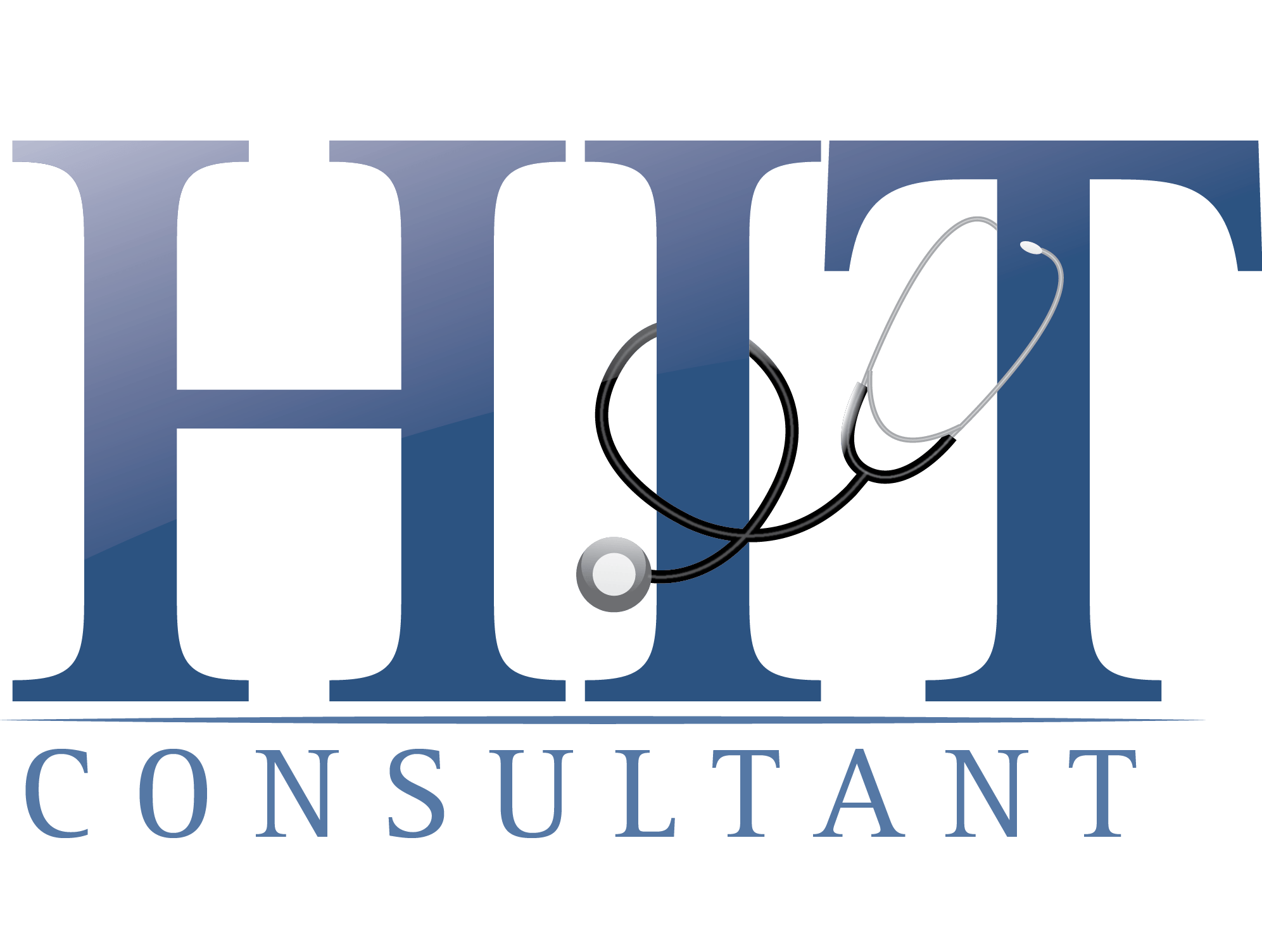
– While the life-changing and life-saving potential of gene therapies is tremendously exciting, finding ways to pay for these treatments is a significant challenge for families and payors.
– With prices for a single treatment as high as $2 million, many employers are struggling to find ways to offer coverage without bankrupting their health plans, or even their companies.
– Newly released CVS Health white paper outlines four key approaches that health plans and employers can utilize to reduce the cost impact of gene therapies.
The promise of alleviating a significant amount of suffering could mean that gene therapies are cost-effective — at the right price point. Gene therapy has shown tremendous promise for people living with genetic disorders. While these life-altering therapies are exciting, they are also come with high price tags, leaving us to ask – how can we pay for these expensive drugs?
Defining Gene Therapy
Gene therapies use a target gene that expresses protein products at a sufficient level to cure or at least ameliorate, a disease caused by a genetic defect. So far, the U.S. Food and Drug Administration (FDA) has approved a handful of gene therapies to treat serious diseases that were previously untreatable except through supportive measures. The European Medicines Agency has approved a few more than the FDA — and there are many more in the pipeline.
Estimating the precise cost impact of gene therapies is very complicated and challenging. It is unclear how many patients with a particular condition may be treated with a given therapy or exactly how much the treatment will cost.
To help plan sponsors estimate the impact of these treatments, CVS analyzed the projected cost in a newly released white paper based on
– Publicly available information about therapies in development
– Likelihood of approval Estimated prevalence of those conditions
–Lowest estimated cumulative five-year cost impact based on a price of $1 million and 30 percent market penetration
– Highest estimated cumulative five-year cost impact based on a price of $2 million, and market penetration of 40 percent for ex vivo therapies, and 60 percent for in vivo therapies
Today, there is not enough patient follow-up data yet to know whether they will truly be “cures” or if the diseases will eventually return. Even if they are not truly cures that are sustained over a patient’s lifespan, the promise of alleviating a significant amount of suffering could mean that gene therapies are cost-effective — at the right price point.
As it stands, the huge, initial costs are clouding that promise. Due to the potentially prohibitive costs, some employers are considering excluding ultra-high cost gene therapies from their plan benefit coverage. However, doing so might be short-sighted if the treatments are proven to be as truly effective long-term as they appear to be today. As a result, that can be a tough rationale to accept for plan sponsors facing a large, one-time burst of spending, here and now.
To address the cost-access conundrum, CVS Health has developed a four-pronged strategy for health plans and employers to reduce the cost impact of gene therapies:
1. Extend the National Medical Excellence (NME) Program Model – Address medical benefit costs associated with gene therapies by expanding NME program model to enable expert care coordination and keep costs in check.
2. Evolve the Role of Specialty Pharmacy – Enable specialty pharmacies to purchase gene therapies directly from manufacturers to reduce cost impact across the drug supply chain.
3. Implement Value-Based Contracting – Tie reimbursement to an expected outcome to minimize risk to payors and provide long-term real-world efficacy data.
4. Create Financial Protection Plans – Minimize risk for smaller companies and organizations by creating new insurance products that ensure access and protect the financial viability of their benefit plan.
For more information on approaches to reduce the cost impact of gene therapies, download the full CVS report here.
